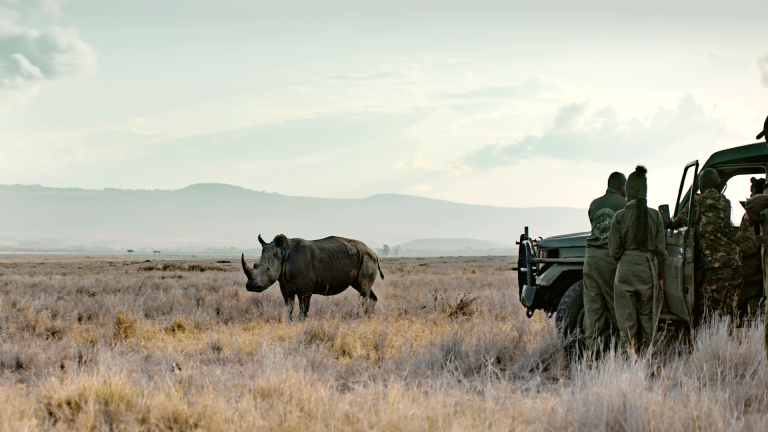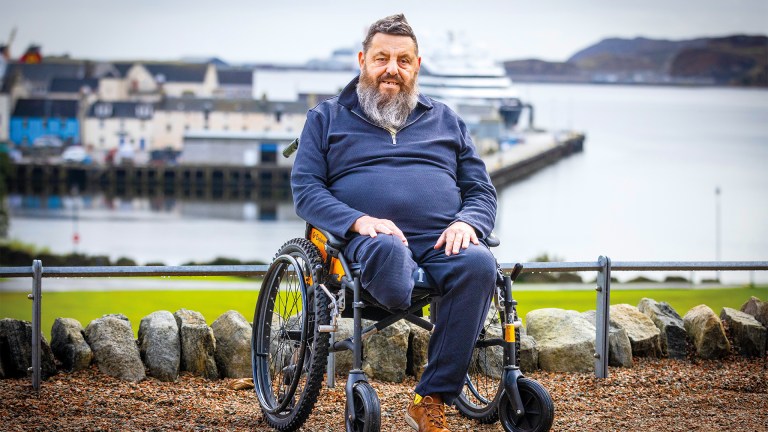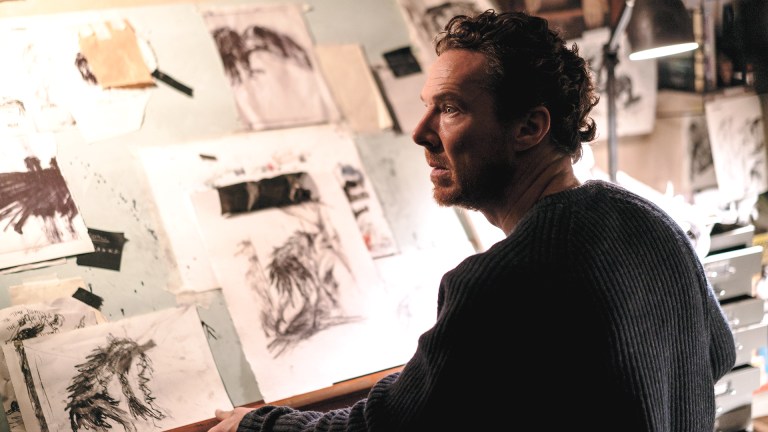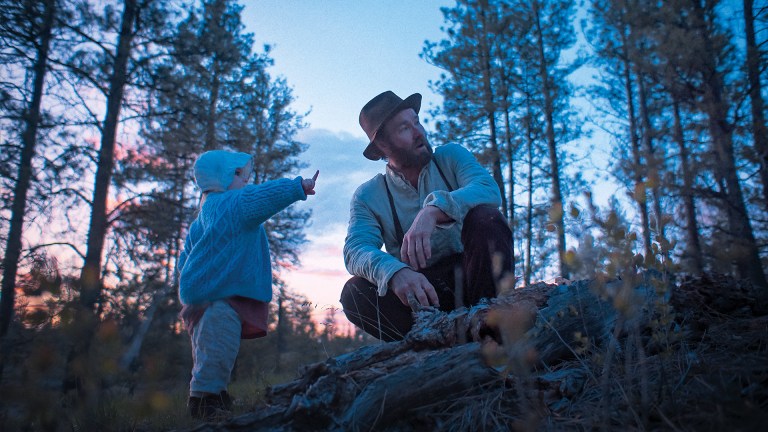What makes us who we are? How much does genetic inheritance determine our personalities as well as our physical traits? If I’m anti-social, do I blame mum and dad for their parenting style or the genes they passed down? Is it nature or nurture what done it? Twin studies – researching twins separated at birth, raised in different environments – offer scientists the unique possibility of cracking the age-old nature vs nurture chestnut. And a secretive twin study is the dark place enthralling documentary Three Identical Strangers is heading to. But before it arrives, there’s a bizarre stranger-than-fiction story.
First the WTF bit: in 1980, 19-year-old Bobby Shafran arrived on campus in upstate New York for his first day at college. As he walked around something odd happened. People were calling out “hi” from across the street. A girl ran up and kissed him. A guy slapped his back like an old pal. Then he bumped into a visibly shocked kid who swore Bobby was the spit of his best friend Eddy. So they called up Eddy Galland. After a few questions– is your birthday July 12? Yes. Are you adopted? Uh-huh – only one conclusion was possible: the men were twins, separated at birth.
Things got seriously weird a couple of months later when a third guy picked up a newspaper with an article about the twins – and found himself looking at his double (actually two doubles). His name was David Kellman, triplet number three. Slowly, the story took shape; the boys had been separated at six months and placed in different families by an upscale Jewish adoption agency. All the parents had signed up to take part in a “routine childhood-development study”.
You see the extraordinary-ness of the triplets’ early meetings in photos – staring into each other’s eyes like the rest of the world disappeared. “They belonged to each other,” says Eddy’s aunt. “It was a miracle.” Their story went viral at a time when viral meant something nasty and infectious that kept you at home for two weeks. This trio of young men – built like wrestlers, with the same mop of curls and puppy dog warm smiles – became celebrities, a fixture in newspapers and on the talkshow circuit. You see audiences gasping at the similarities: they shared the same mannerisms; smoked the same brand of cigarettes; even had the same taste in girlfriends, preferring an older woman. The film trots through this part of the story in 25 minutes. So what next?
They shared the same mannerisms, smoked the same brand of cigarettes, even had the same taste in girlfriends…
Well, while the boys were basking in big love (they all knew they were adopted, so there were no big family showdowns), their parents went looking for answers. They were angry as hell. Why hadn’t anyone told them their sons were triplets? This is one of those films that’s irritating to write about; you really are best watching it knowing as little as possible. British doc-maker Tim Wardle speaks to the brothers today, now in their 50s, and weaves in home movies, archive footage and dramatic reconstructions. He also turns detective. Enter the complex figure of Dr Peter Neubauer, an eminent Austrian child psychologist who arrived in New York as a refugee from the Holocaust but whose research turned babies into lab rats – or as one of the triplets puts it bluntly “that’s some Nazi shit”. Three Identical Strangers raises more questions than it answers. If human nature essentially boils down to biology and genes, where does that leave agency? If our destiny is written in our genes, why bother with, well, anything really? But perhaps that’s a whole other documentary.









